

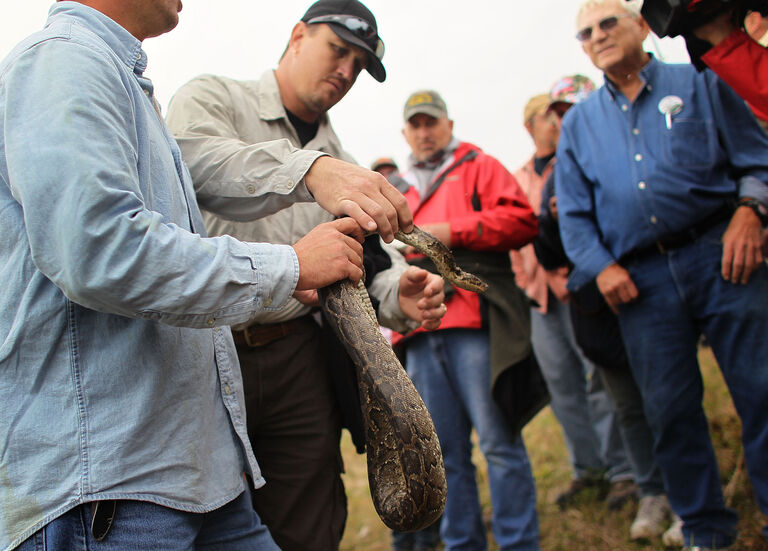
The Pine Barrens in New Jersey are a hidden gem for reptile enthusiasts. It's teeming with fascinating creatures like snakes, turtles, and lizards. Among them, the rattlesnake stands out with its unique rattle and striking appearance. Dave Schneider and Dave Burkett, both passionate about reptiles, embarked on an adventure, completely unaware of the remarkable discoveries that awaited them.

In 2019, Dave Schneider, a top expert in North New Jersey's Herpetological Associates, joined forces with fellow scientist Dave Burkett to explore the Pine Barrens. As they trekked through the thick forest, their keen instincts and years of experience guided them. To their amazement, they found a huge rattlesnake nest cleverly hidden in the lush greenery, showing how smart nature can be.
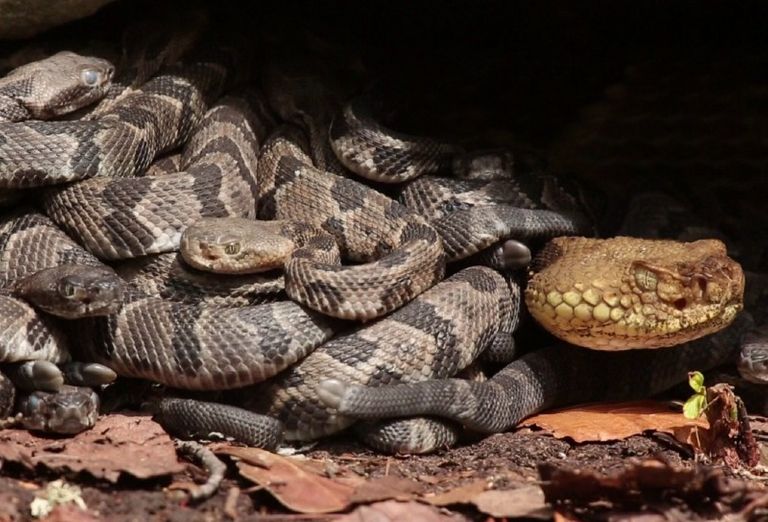 Schneider, who's really good at explaining things, described the area like a paradise for female snakes. He said it's the perfect spot for them to soak up the sun, keeping their babies warm and healthy. Burkett added that by late summer, around the end of August, the snakes have their babies. What's super cool is seeing the little snakes sticking close to their mom, staying warm, and staying safe from dangers.
Schneider, who's really good at explaining things, described the area like a paradise for female snakes. He said it's the perfect spot for them to soak up the sun, keeping their babies warm and healthy. Burkett added that by late summer, around the end of August, the snakes have their babies. What's super cool is seeing the little snakes sticking close to their mom, staying warm, and staying safe from dangers.
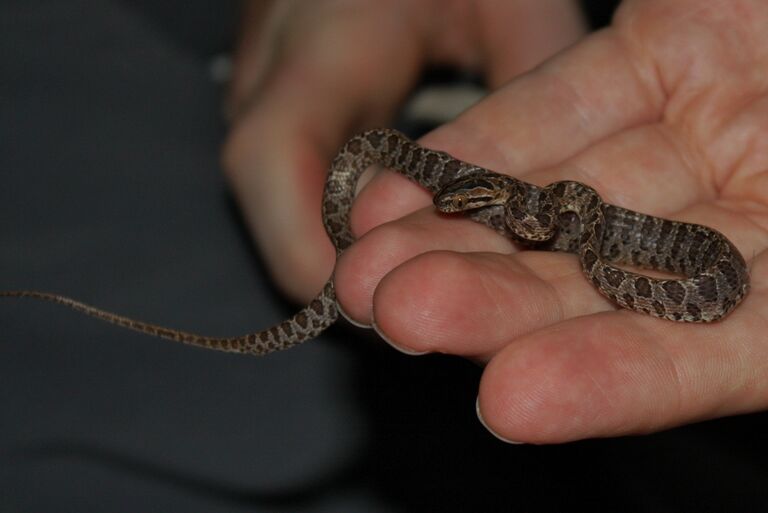
The dedicated team had heard about a rattlesnake that recently had babies in the Pine Barrens area. So, when they found a bunch of young snakes, it didn't completely surprise them. They kind of expected it to happen. Around the nest, they saw something amazing – baby rattlesnakes, tiny and curious, trying to figure out their new world.
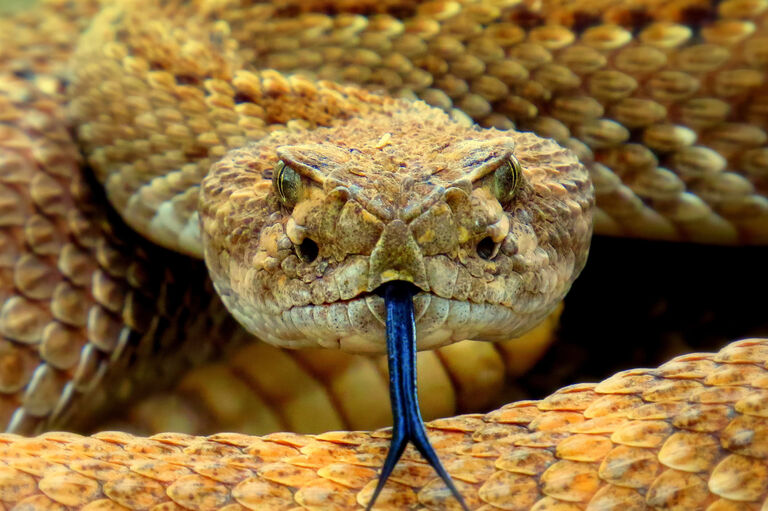
As Schneider was busy taking pictures of the cute baby snakes, totally absorbed and excited, Burkett noticed something incredibly unusual on one of them. Among all the baby rattlesnakes, there was one little snake that stood out. It had such a strange feature that even though both Schneider and Burkett had seen lots of things, but never anything like this in all their years of work.
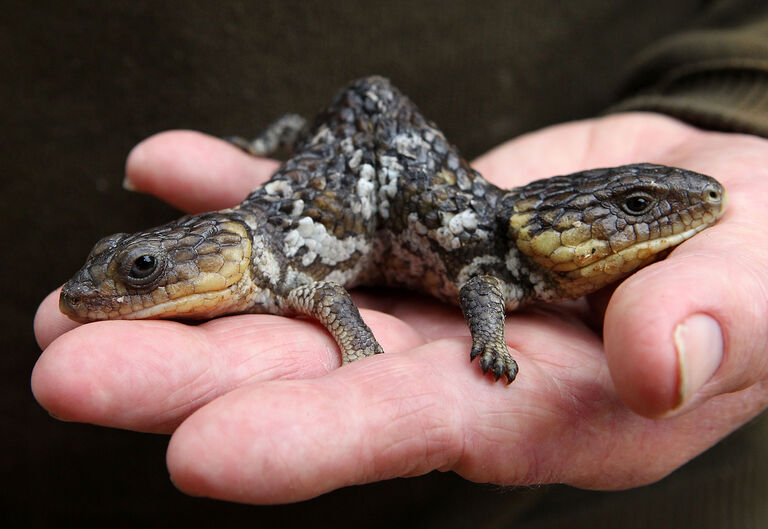
Dave Schneider couldn't contain his excitement when he shared the astonishing find with NBC News. He described it as a fairy tale moment. Despite knowing nature's quirks, seeing this extraordinary snake, with an unusual extra body part, left them in awe.
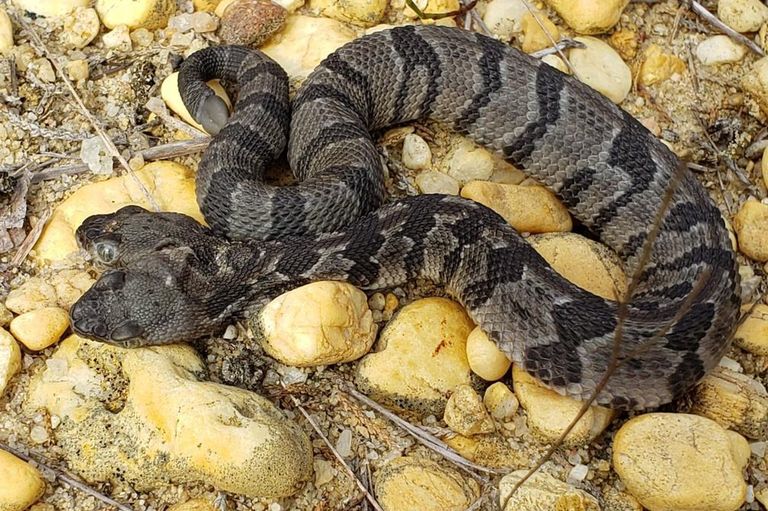
You might be curious, what's the big deal? Well, this little snake had not just one, but two heads, right next to each other! It's like two baby snakes in one body. Burkett, thrilled, told his friend, "Dave, you won't believe it! This snake, against all odds, has two separate heads!"
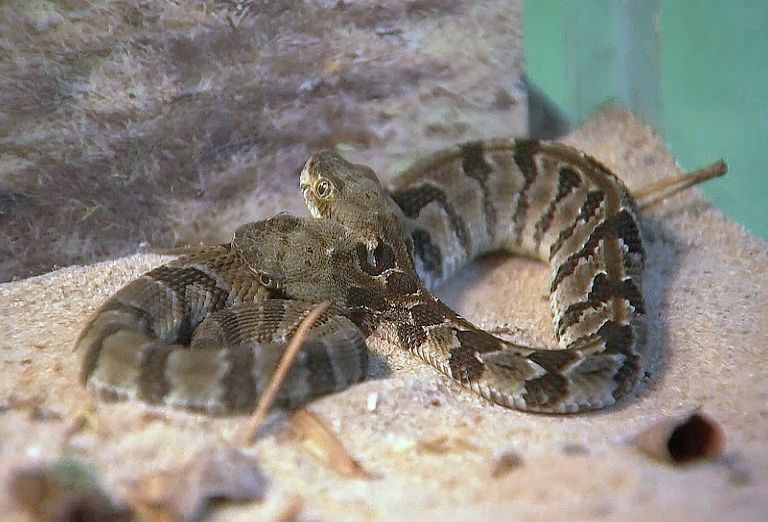
In honor of their remarkable find, they named the snake "Double Dave" as a nod to both Daves and the snake's twin heads. This discovery sparked many questions. They pondered if having two heads would aid the snake in the wild or create new challenges for its survival.
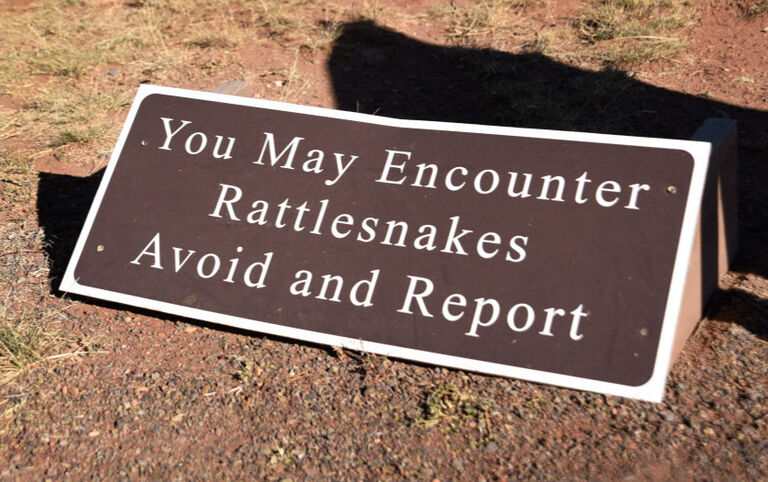
Schneider, a nature pro, understood nature's challenges. For this venomous snake, already slow by nature, surviving with two heads in the wild would be tough. It would struggle to move quickly or handle dangers. Yet, this uniqueness sparked their curiosity, encouraging them to explore and seek answers.
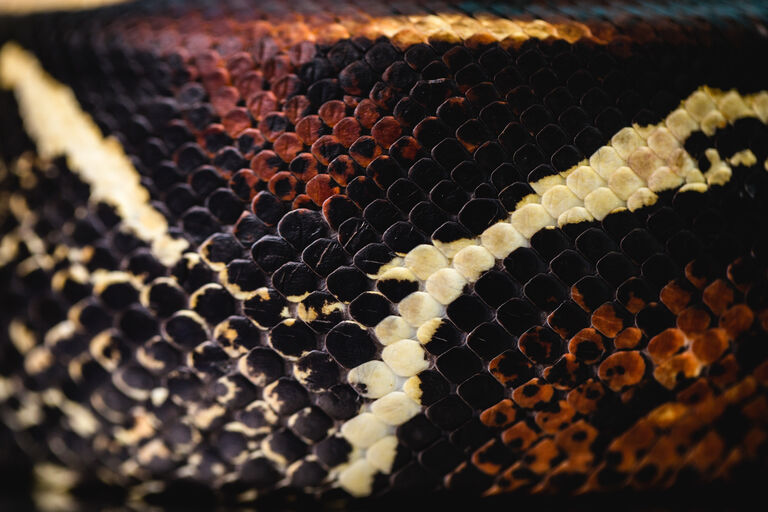
Animals with two heads, known as "bicephalic," often face many challenges. Sometimes, their two heads even compete for food, which is intriguing and unusual. The Herpetology Associates understood the significance of their discovery. Yet, they recognized the need for paperwork and permission from authorities before deciding what to do with the snake.
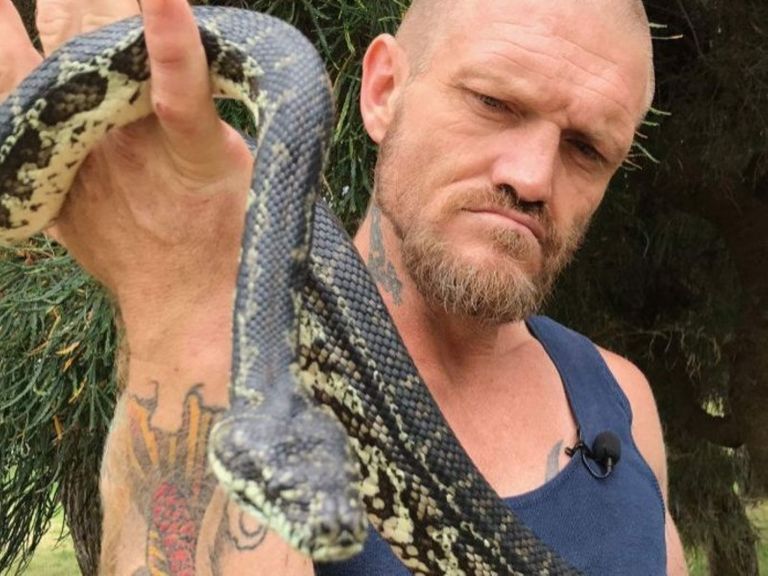
Burkett, known for being responsible, emphasized the need to obey the law when dealing with such discoveries. He explained, "Endangered animals have strict rules to protect them. We can't interfere without permission." Despite the expected paperwork and difficulties, they were resolute. They couldn't bear to leave behind this incredible find, viewing it as an opportunity for vital research that deserved proper recognition.

Robert T. Zappalorti, the important leader of Herpetological Associates, said this discovery was a big deal. He looked at the records and found out that it was the first time anyone had found a two-headed snake in New Jersey. That's a really rare thing to happen in the animal world, like a one-in-a-hundred-thousand chance.
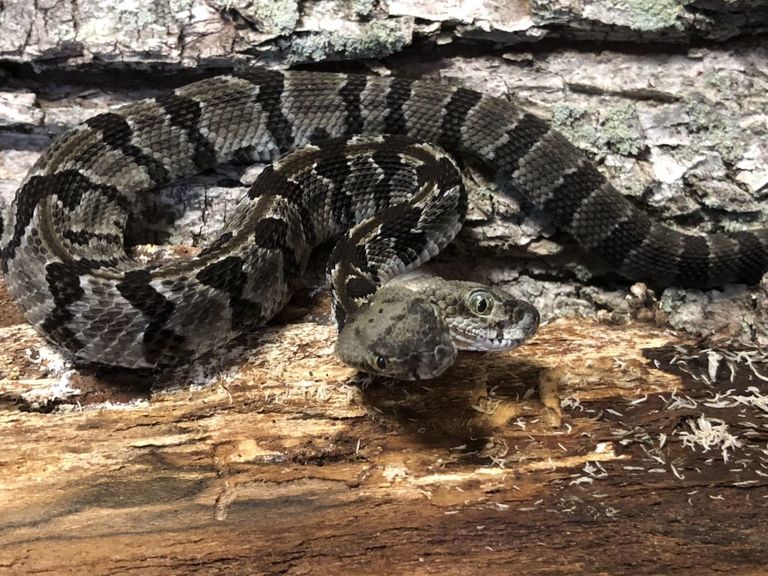
When they first found this unique snake, it was about 10 inches long. But what's even more fascinating is that it had two sets of working eyes and two separate flickering tongues. Schneider found this really interesting. He thought that because the snake's tongues moved independently, it might have two different brains working in its unusual body.
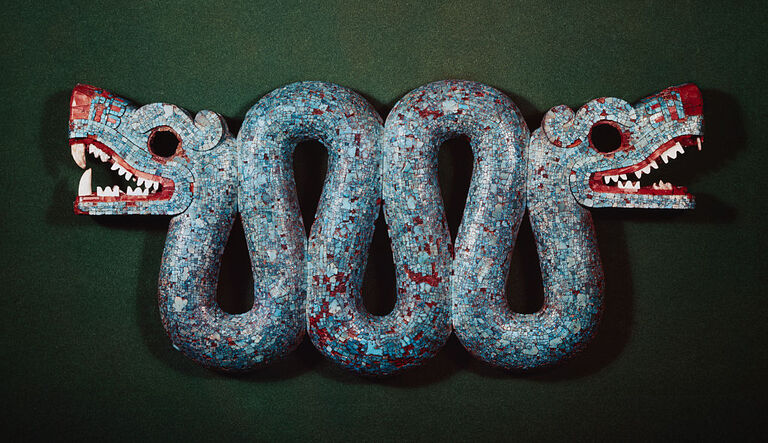
Having two brains had its advantages and drawbacks. Despite its small size and unusualness, the snake occasionally struggled to move smoothly because both heads wanted different things. Picture one head craving left for food while the other aimed right for something else. Observing how the two heads resolved conflicts and decided was truly intriguing.

Schneider noticed something funny. Sometimes, it looks like the two heads are having little arguments. They stop for a moment, like they're thinking about which way to go. After a while, one head usually gives in, and the bossier one decides what to do. Watching this back-and-forth is really interesting, like watching a little snake debate.
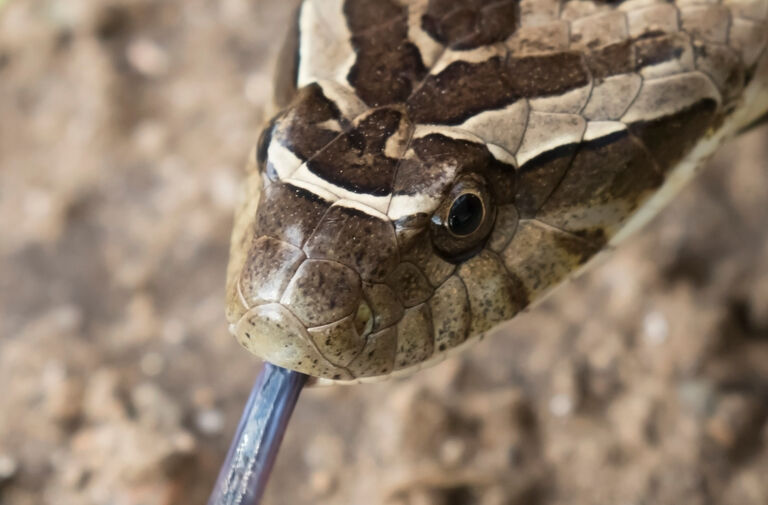
Schneider elaborated, "Usually, the right head takes charge and decides, but sometimes, the other head has its own ideas," he said, smiling. "It's a bit like how siblings playfully tease each other, like a friendly argument." While closely observing the snake, the experts began to fret about its fragility and overall health.
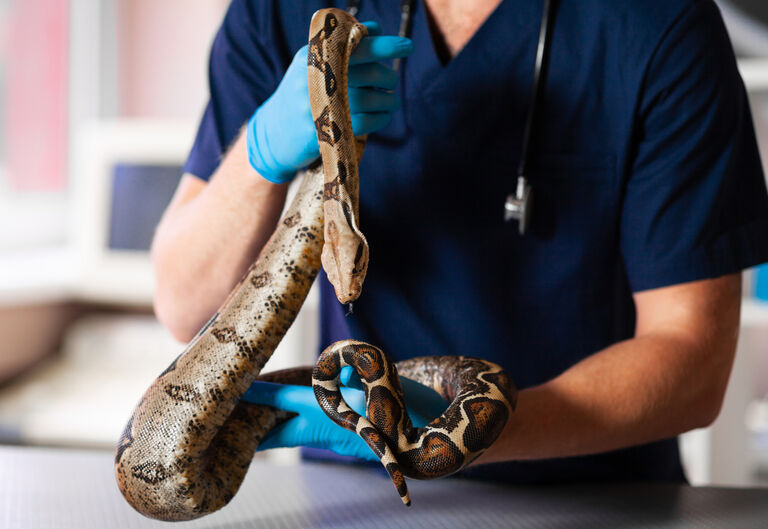
Even though the snake's two heads sometimes argued and hesitated, after watching it closely for hours, Schneider thought that the snake, in general, seemed happy with its special life. Regular rattlesnakes usually live for 20 to 30 years, but scientists are still arguing about how long Double Dave might live.
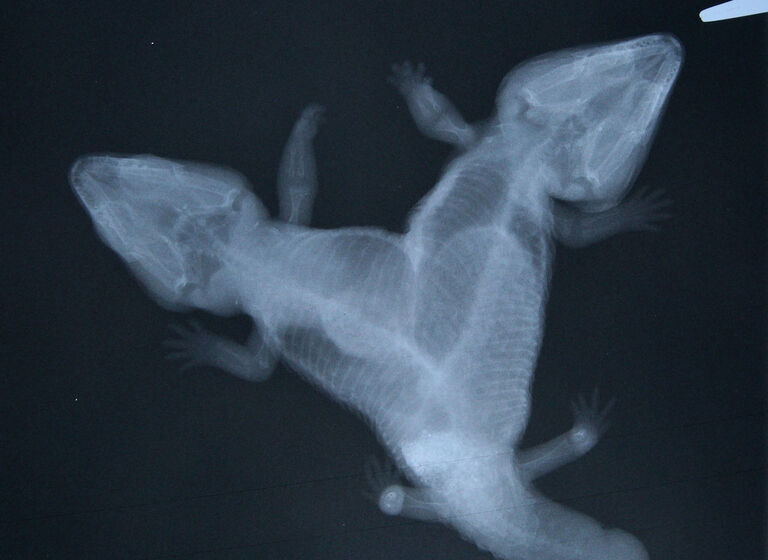 To make sure Double Dave is healthy, the Herpetological Associates team is going to give it a thorough X-ray. They want to check if all its insides are working like they should, with no problems. If everything looks good, then Double Dave might have a life as close to normal as a two-headed animal can hope for.
To make sure Double Dave is healthy, the Herpetological Associates team is going to give it a thorough X-ray. They want to check if all its insides are working like they should, with no problems. If everything looks good, then Double Dave might have a life as close to normal as a two-headed animal can hope for.

Traditionally, odd animals were considered unlucky, but today, scientists see Double Dave as a natural wonder. This snake isn't bad luck; it's a symbol of nature's incredible diversity. Dave Schneider and Dave Burkett believe that even more remarkable secrets lie hidden in nature.
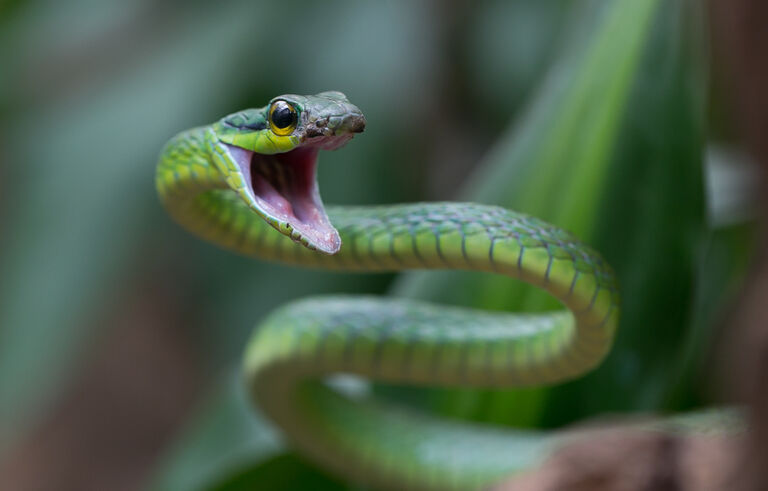
It's astonishing how snakes, creatures both admired and feared for ages, can have unique medical conditions. Having two heads is just one of the many extraordinary things these enigmatic reptiles can exhibit. Recently, a peculiar Massachusetts snake baffled top scientists, including Dave and Dave, sparking curiosity about its exceptional traits.
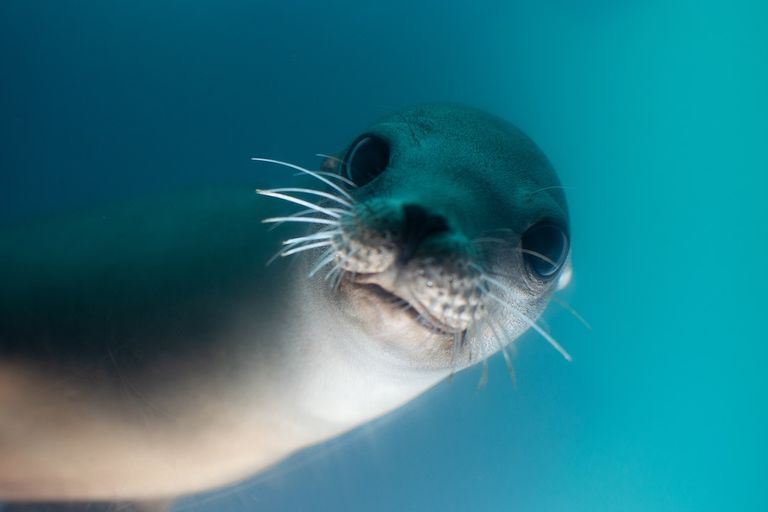
The New England Aquarium is renowned for its captivating marine life. Seals with their playful antics, majestic flying birds, and adorable penguins steal the spotlight with their distinct characters, drawing visitors year after year. But no matter where you visit, giant anacondas never fail to astonish aquarium-goers.
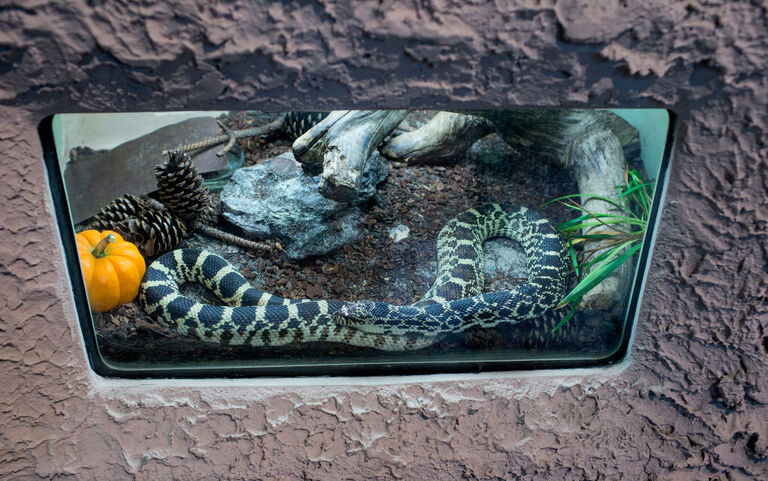
As you wander through the Amazon rainforest exhibit at the aquarium, you can't miss the enormous, highly venomous snakes. These snakes, some of the world's most dangerous, draw tens of thousands of curious visitors each year. In early 2019, a peculiar event, uncommon in nature, in the snake area grabbed the staff's notice.
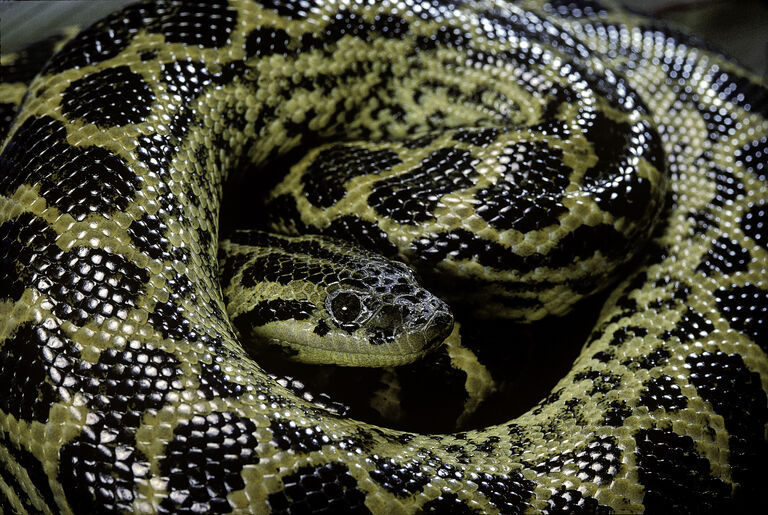
During preparations for a special event after closing time, a keen-eared employee detected a strange sound near Ann, the female anaconda's enclosure. Ann, a massive eight-year-old snake, typically weighing 30 pounds and stretching 10 feet, was behaving oddly, which caught their attention.
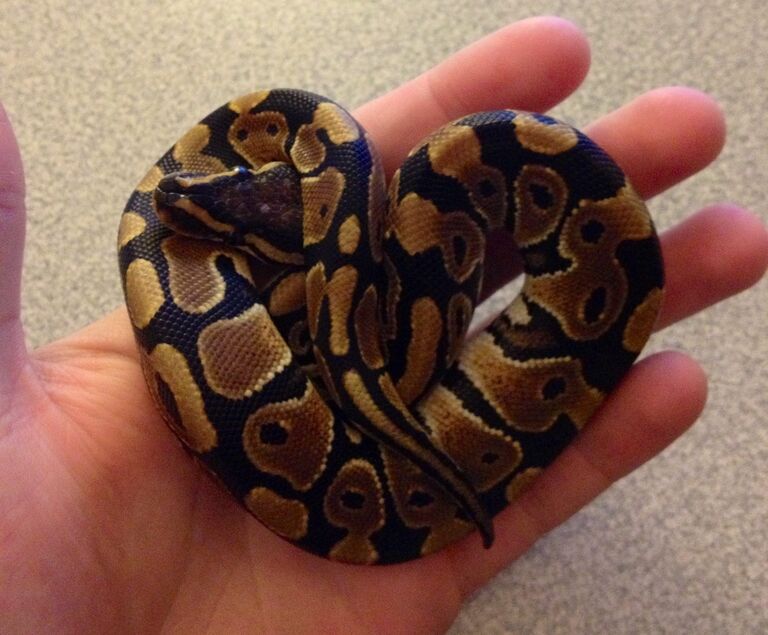
An unusual noise drew the staff's attention to Ann, their cherished anaconda. To their astonishment, Ann was in the midst of an uncommon event—giving birth to baby snakes! While they were thrilled, a puzzling question arose: Ann had been at the aquarium for some time, so how did she have offspring without a male snake?
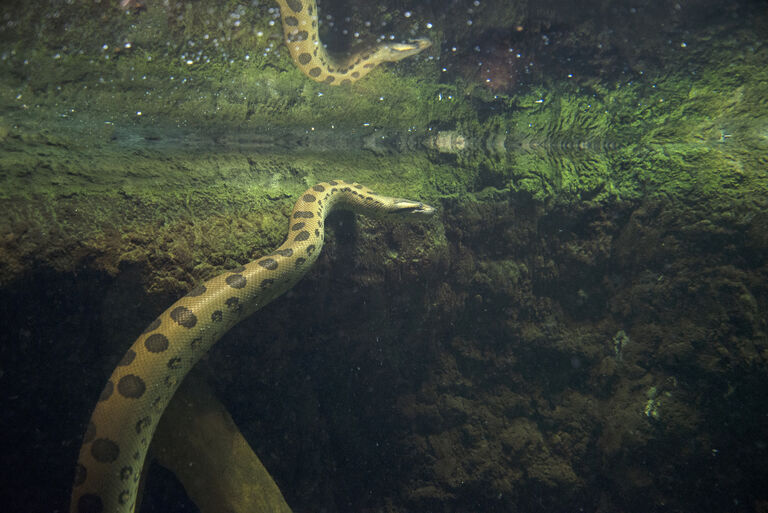
Ann, the unique anaconda, had a fascinating history. Before arriving at the New England Aquarium, she lived with a group that was careful to prevent her from encountering male snakes and having surprise babies. Yet, at the aquarium, they kept male and female snakes apart in separate tanks to avoid any unintended mixing. The mystery of how Ann had babies remains unsolved!
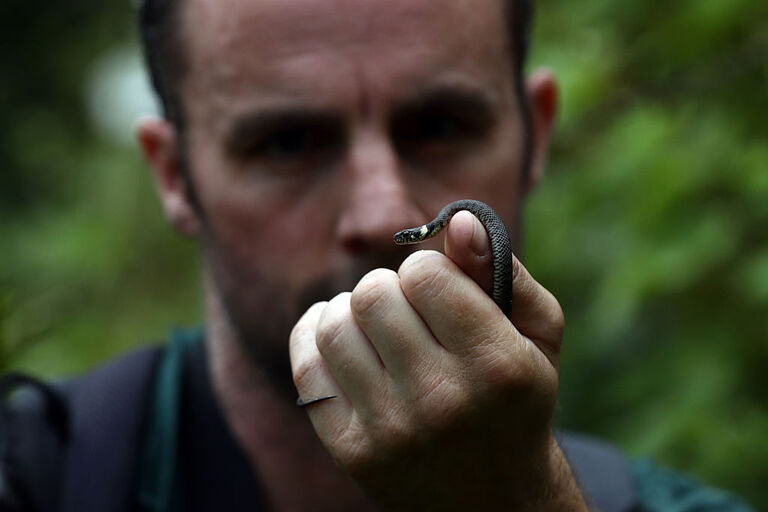
Life is full of surprises, and Ann's story is a true wonder. She unexpectedly became a mom to some baby anacondas, which was amazing. Sadly, many of the tiny snakes didn't survive for long. But even in this sad situation, the careful staff found three strong baby snakes that made it.
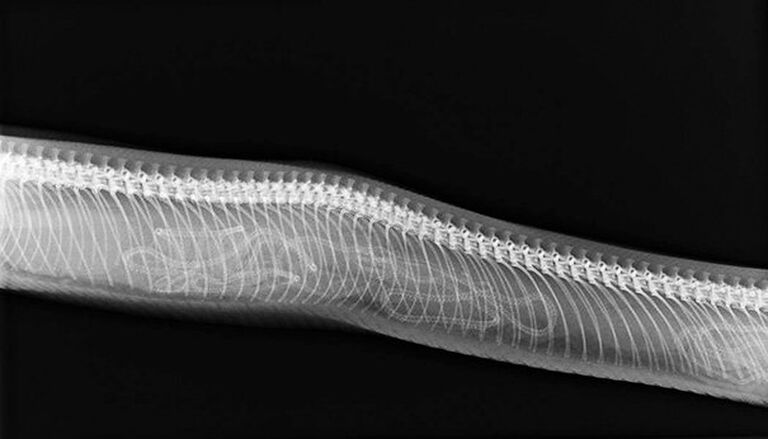
Despite the staff's expertise, they couldn't fathom what occurred. The burning question on everyone's mind was, had a male anaconda found a way to secretly meet Ann under the moonlight? This unexpected birth sparked curiosity and raised puzzling possibilities - had they overlooked a hidden male snake, or was something enigmatic at play? It was a genuine enigma!
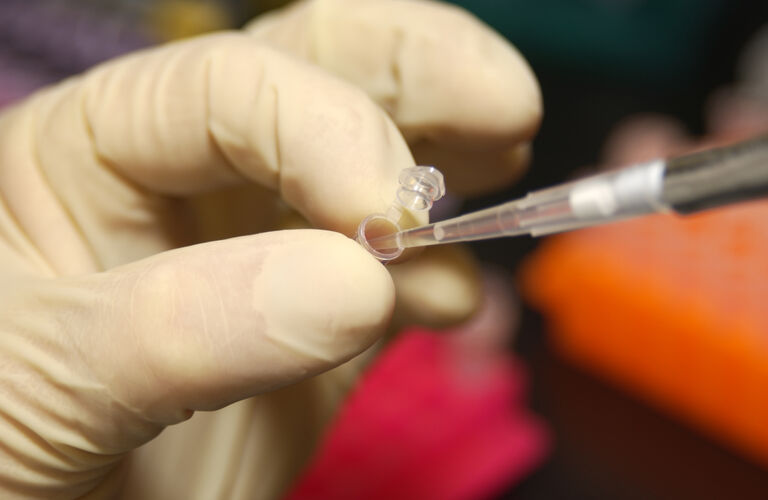
Eager to unravel the puzzle, the team initiated their investigation. They employed scientific methods by sending baby snake samples to a proficient lab specializing in genes and DNA research. After weeks of anticipation, the lab results arrived, evoking a collective "Wow!" moment of astonishment for the entire team.
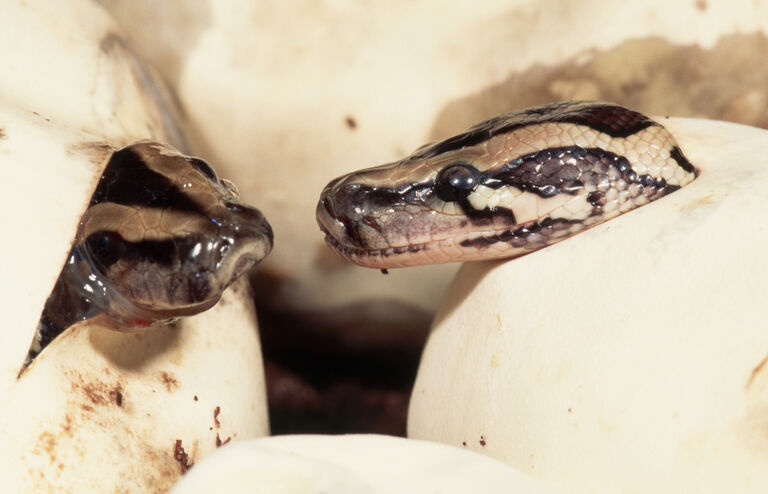
The results were mind-blowing. The baby snakes were identical to Ann, like her twins, but upon close inspection, they were 100% identical to her. No dad snake was involved; it seemed Ann had magically created replicas of herself!
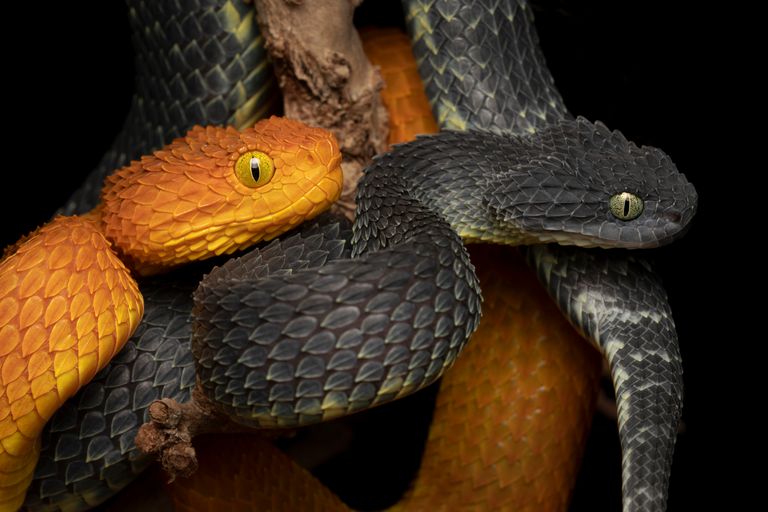
To those unfamiliar, it might seem like a tale from an exciting science fiction book. Here's what occurred: Ann did something truly remarkable. She didn't rely on a male snake to have babies. Instead, she used her own genes, crafting her babies' image without needing anything from a dad snake. This illustrates the astonishing and enigmatic realm of animals.
 The amazing part is that when Ann had babies, they were exactly like her, like a mirror image. What makes this even more poetic is that it's a special way of having babies without any dad involved. It's called "parthenogenesis," which comes from old Greek and means "Virgin Birth."
The amazing part is that when Ann had babies, they were exactly like her, like a mirror image. What makes this even more poetic is that it's a special way of having babies without any dad involved. It's called "parthenogenesis," which comes from old Greek and means "Virgin Birth."
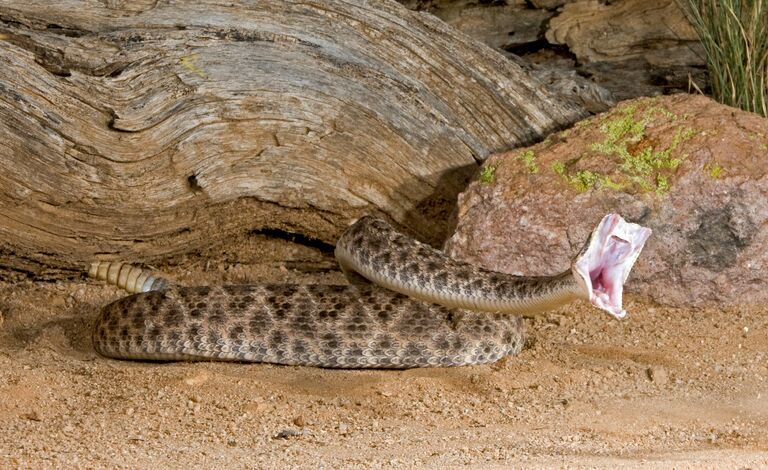
This might be unfamiliar, but in the wild, there's something called parthenogenesis that occurs. When a female hasn't met a male for an extended period, she can have babies this way. Ann, who didn't encounter a male for eight years, likely used this clever method to keep going despite the odds. It's her body's ingenious way to persist.
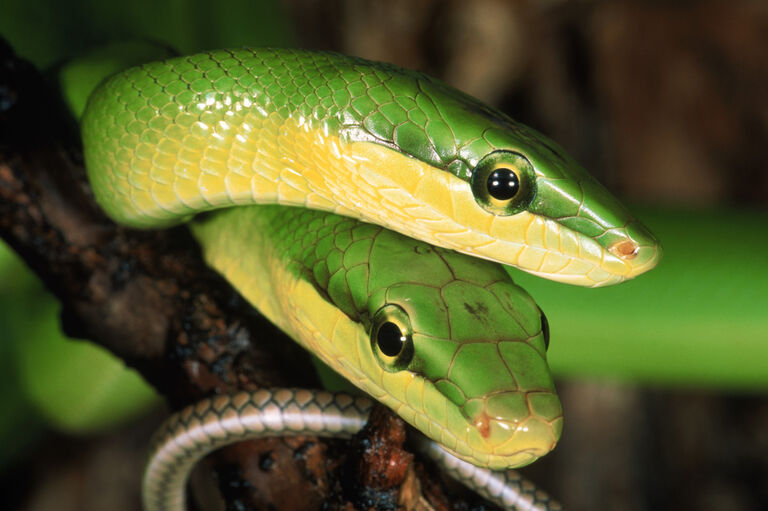
Nature's solutions can bring new challenges. The problem with this method of reproduction is that all the offspring are identical to the mother. In the wild, this lack of diversity could pose issues as varied genes help animals adapt to nature's changes and challenges. Diversity is vital for their survival.
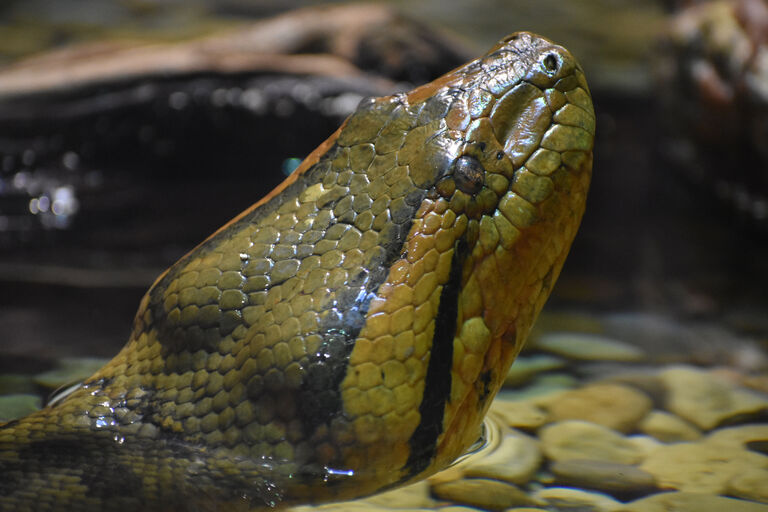
Tony LaCasse, the aquarium's spokesperson, pointed out, "This method raises genetic concerns; it's quite intricate." Another aquarium member likened it to the idea that life persists in various ways. Parthenogenesis is incredible but not as robust as the typical method of animal reproduction.

Nature posed challenges, with only two out of three baby snakes surviving their early days. Thanks to the expertise and care of the aquarium team, these young snakes now have a promising future. The aquarium's leaders chose to shield them from public view, ensuring the babies can adapt well to their new life.
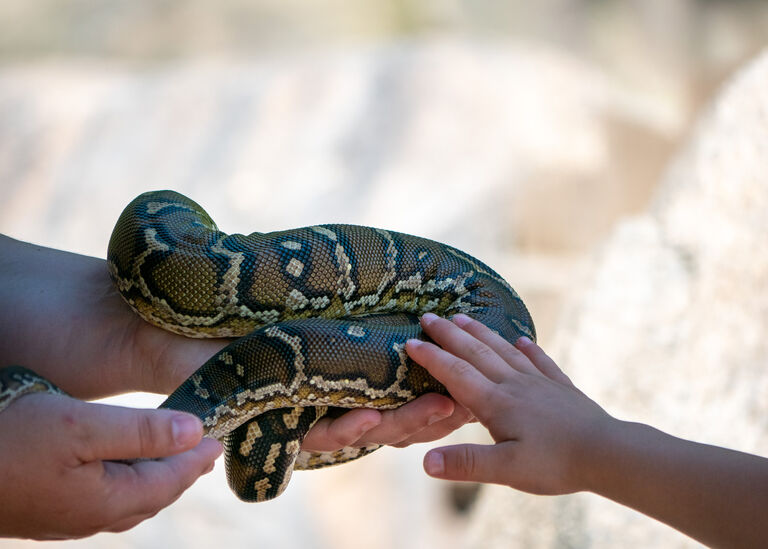
This thrilling tale will surely make the Amazon Rainforest exhibit a hit with visitors. Seeing something like this, especially with green anacondas, is a rare treat. It's only occurred once before, making it a must-see. The baby snakes are thriving and will soon be ready to greet visitors and share their incredible story.
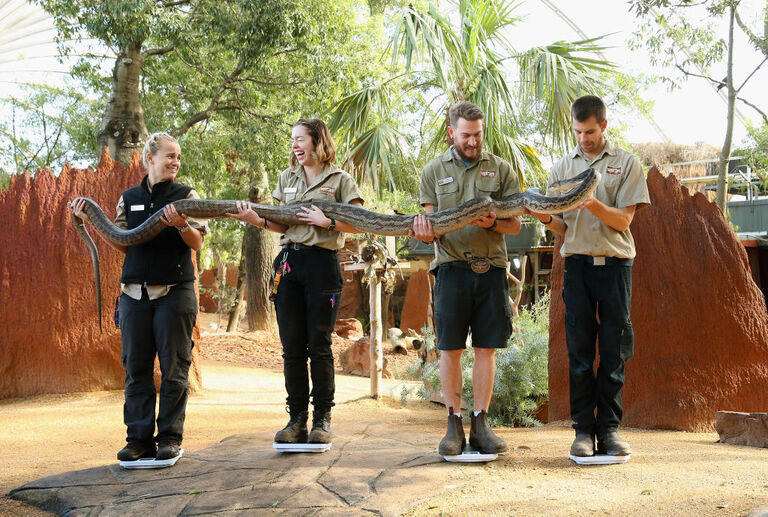
The baby anacondas had their initial encounters with the affectionate aquarium staff, sparking curiosity on both sides. These early meetings went well and set a positive tone for future collaboration. While big animals like anacondas may seem serious, these baby snakes are surprisingly friendly and playful, akin to joyful puppies.
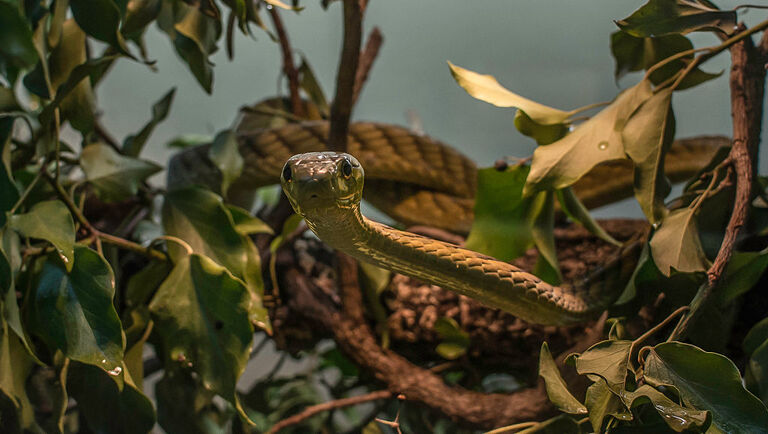
LaCasse, the aquarium spokesperson, stressed the importance of gentle handling from an early age. This helps establish a strong bond and makes working with them easier as they grow bigger. Senior handlers expressed that these young snakes hold a special place in their hearts, and they relish the care and attention provided by the team.